LightSolver, creator of a new laser-based computing paradigm, announced a breakthrough in quantum-inspired high-performance computing. Its LPU100 system unleashes the power of 100 lasers to solve the toughest optimization problems, challenging the processing times of quantum and supercomputers. The LPU100’s laser array represents 100 continuous variables, and can tackle problems with up to 120^100 combinations, empowering organizations to enhance their business and engineering processes and make mission-critical decisions faster than ever before.
The LPU (laser processing unit) is based on laser physics. It converts a mathematical problem into a physical logic formulation, then maps it into obstacles within the lasers’ optical path. Coupled lasers interact with each other and then seamlessly converge towards the minimal energy-loss solution that corresponds to the solution to the mathematical problem.
LightSolver calls its technology quantum-inspired because it mimics some aspects of quantum computers, such as scanning all possibilities in parallel, due to the highly parallel nature of its laser configuration. It can overcome barriers mimicking the quantum tunneling effect, due to its deep connectivity and unique laser dynamic.
They Make Lasers and Photons Behave Like Spin States in Matter
It appears to be an annealing system using lasers. The physics and how they get the lasers to couple and perform these actions is very complicated.
Quantum annealing is a computational method that uses quantum mechanics to solve optimization problems more efficiently than classical computers. It’s a process that maps a problem into a search for the lowest point in a large landscape, which corresponds to the best possible outcome.
Laser coupling is hard for us to understand and explain but the actual process is described as easy by the scientists. Lasers have multimodes and phases and these processes have been done for decades.
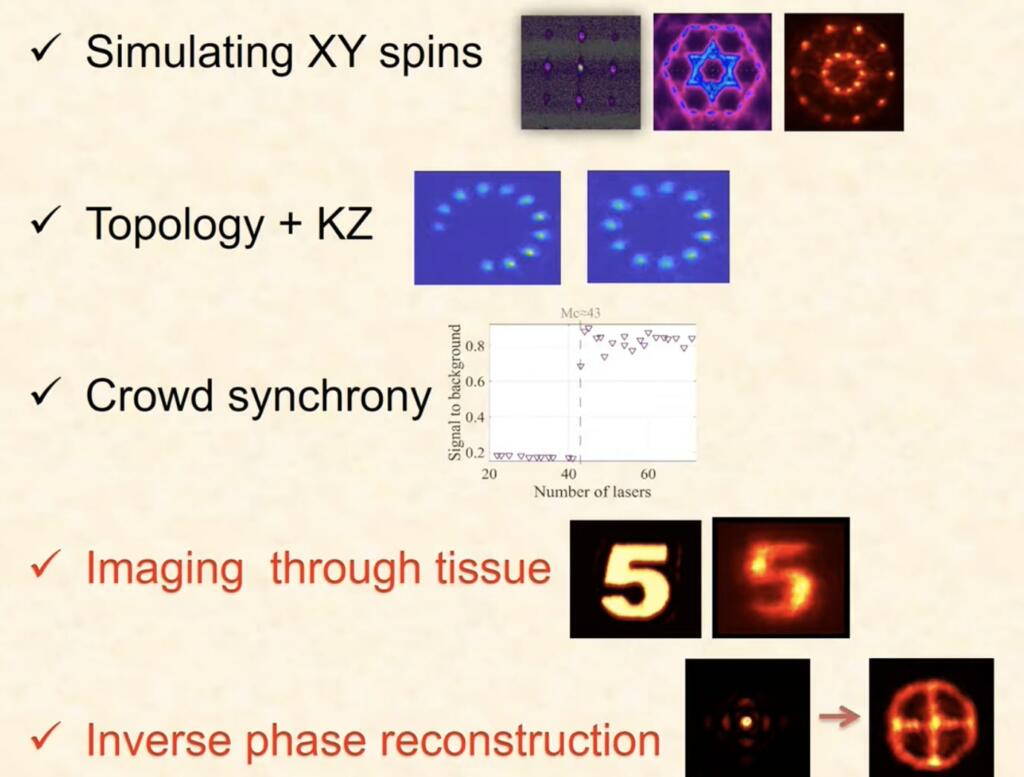

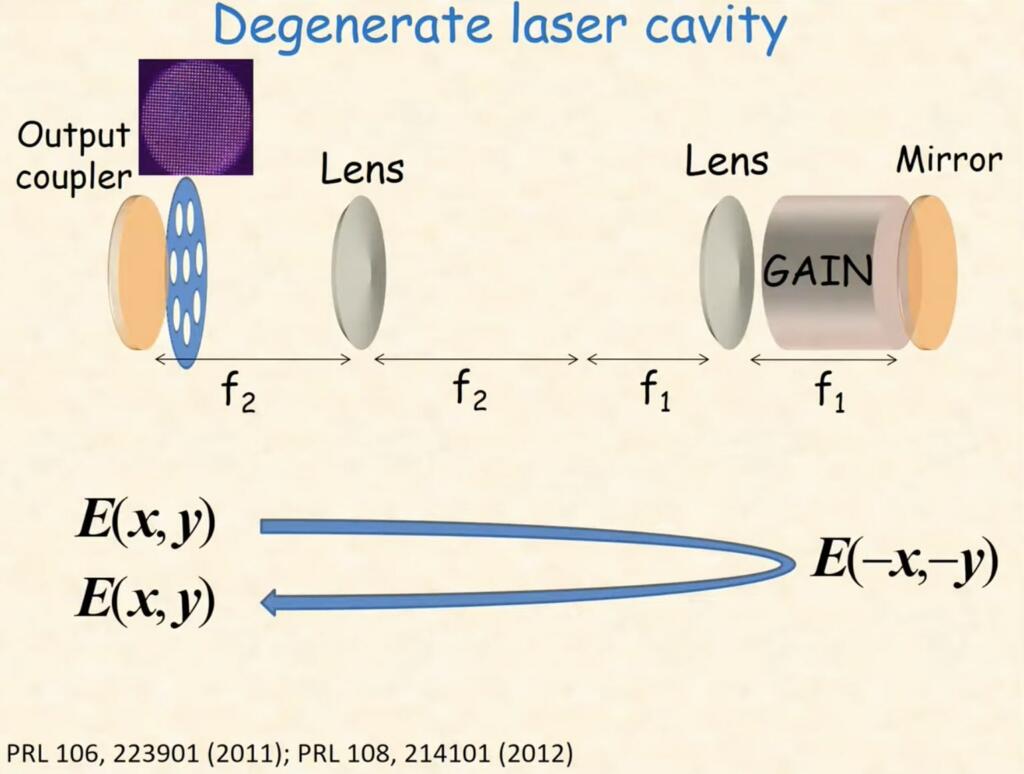
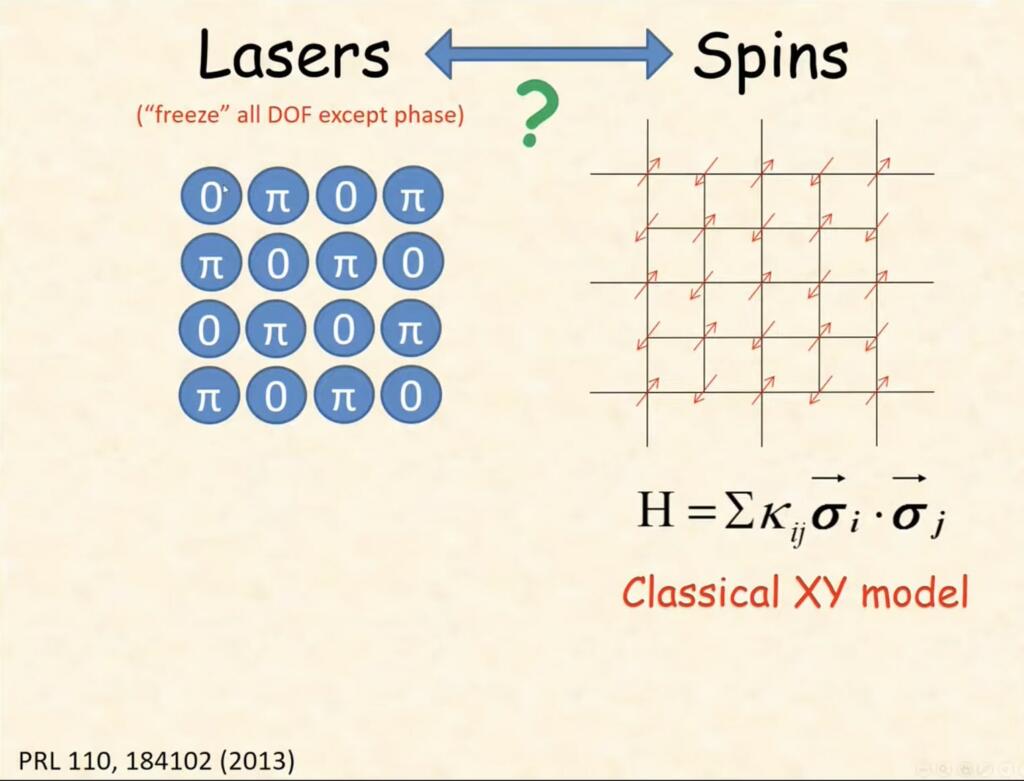
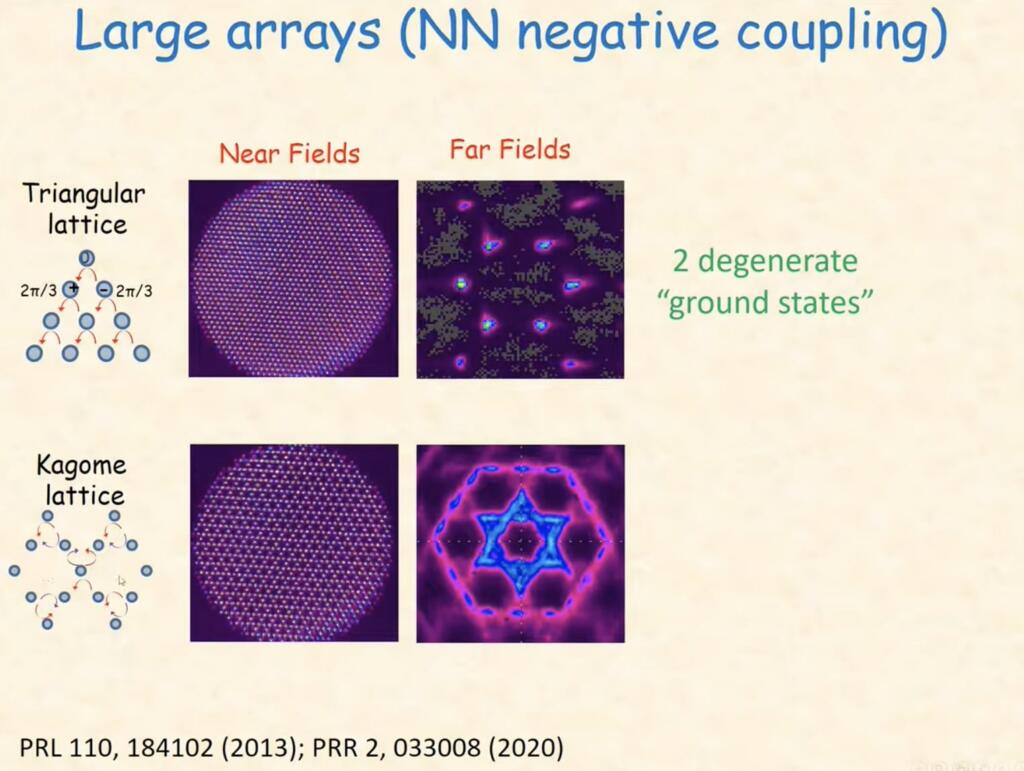
Gives Computational Advantage
The compute capabilities of the LPU100 are now accessible to select enterprise clients through LightSolver’s new cloud platform. This solution combines the innovative all-optical hardware of the LPU100 with LightSolver’s algorithmic processing layer to bring ultra-fast results to enterprises across industries for problems with up to 1M variables.
As a purely optical system, the LPU100 overcomes the performance barriers of electronics and can execute mathematical operations at unprecedented speed. For example, a vector matrix multiplication (VMM), which is an operation in optimization and various other applications, can be executed by the LPU100 in as little as 10 nanoseconds, compared to a GPU which needs a few microseconds for the same operation. Another benefit of the LPU100 is that it operates in ambient conditions and is the size of a traditional desktop computer.
“We are excited to collaborate with LightSolver and begin testing use cases on their cloud platform,” said Yoram Avidan, CTO Innovation Lab & Global Head of Citi Accelerator, where LightSolver is a member. “Financial institutions will undoubtedly benefit from the LPU100’s powerful optimization and decision-making abilities, which provide opportunities to boost revenue and reduce risk.”
Key applications of the LPU100 include:
Logistics: Optimize day-to-day operations by improving vehicle routing, scheduling and dispatching, warehouse optimization, and supply chain management in real-time.
Manufacturing: Increase productivity in factories and warehouses through optimized resource allocation, scheduling, assembly line balancing, and facility layout optimization.
Aerospace: Optimize material design and enhance decision intelligence for mission-critical processes in which ultra-fast processing times are needed.
Finance: Boost returns and decrease risk in critical financial challenges, including portfolio management, trading optimization, liquidity and risk management, and financial planning and budgeting.
In a head-to-head challenge, LightSolver achieved 2X-1,000X faster Time-to-Solution (TTS) for solving Max-2-SAT problems compared to a leading deep learning solver.
Taking on the “3-Regular 3-XORSAT Challenge,” LightSolver solved the problem in polynomial time, while all other state-of-the art classical and quantum computers solved it in exponential time.
LightSolver developed a quantum-inspired algorithm for sparse coding that resulted in more accurate estimations than classical approximation methods.
In a recent benchmark, LightSolver produced optimal solutions within fractions of a second for the Vehicle Routing Problem (VRP), a classical optimization challenge in logistics that is used to accelerate the delivery and collection of goods, routing, job scheduling, carpooling, and more. LightSolver outperformed the industry “gold standard,” demonstrating the platform’s ability to manage real-time schedule adjustments in dynamic operations.
The Nextbigfuture substack article has some more background on the Lightsolver scienc.

Brian Wang is a Futurist Thought Leader and a popular Science blogger with 1 million readers per month. His blog Nextbigfuture.com is ranked #1 Science News Blog. It covers many disruptive technology and trends including Space, Robotics, Artificial Intelligence, Medicine, Anti-aging Biotechnology, and Nanotechnology.
Known for identifying cutting edge technologies, he is currently a Co-Founder of a startup and fundraiser for high potential early-stage companies. He is the Head of Research for Allocations for deep technology investments and an Angel Investor at Space Angels.
A frequent speaker at corporations, he has been a TEDx speaker, a Singularity University speaker and guest at numerous interviews for radio and podcasts. He is open to public speaking and advising engagements.

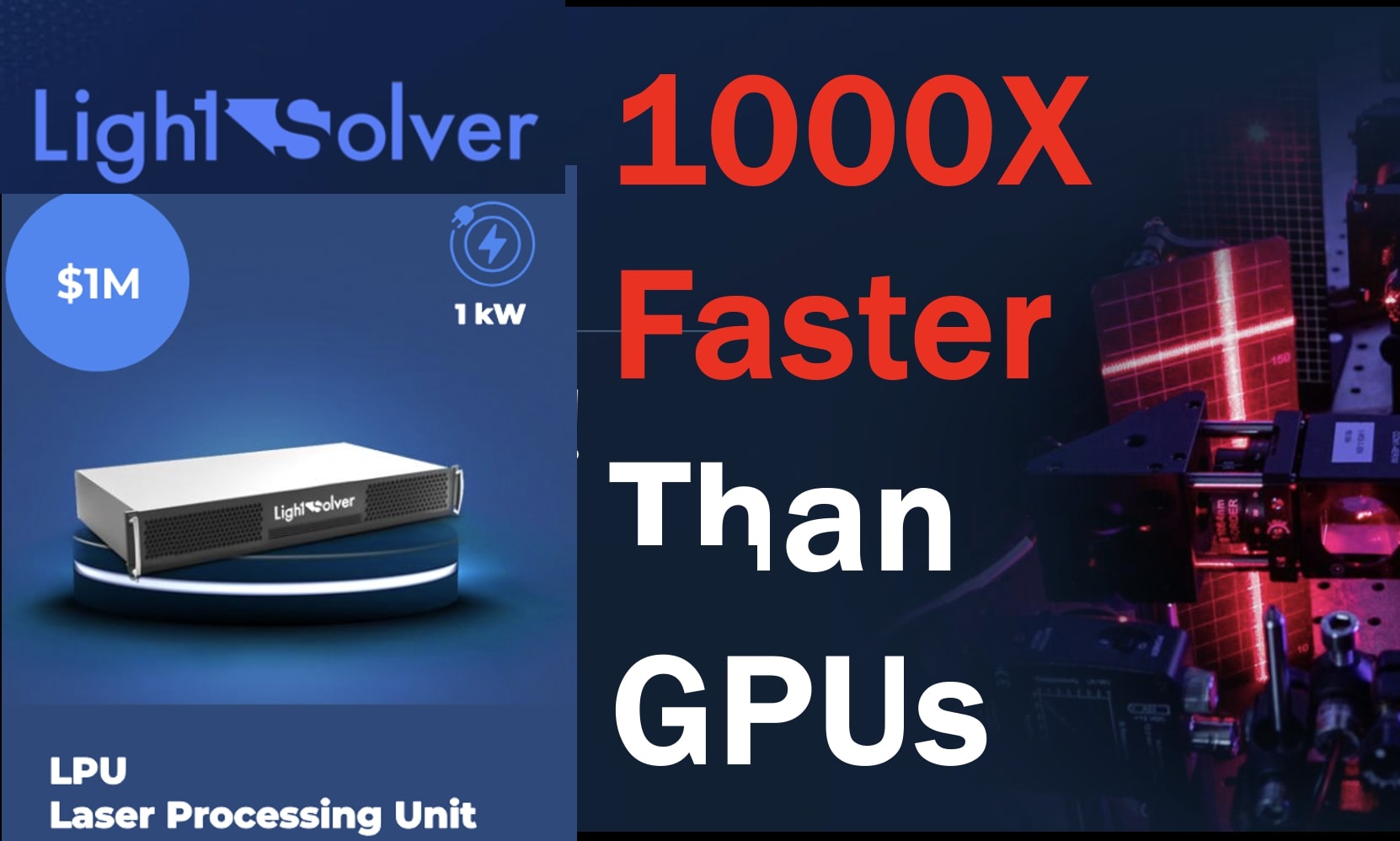
This seems like it could be quite amazing but when I looked up their whitepaper:
https://lightsolver.com/wp-content/uploads/2024/02/VRP_Whitepaper.pdf
Their problem sizes are on the small side of trivial. A maximum problem size of 10 technicians with 15 visits per technician and comparing to a linear algebra package isn’t the stunning success that they think it is given no company uses them to solve large logistics problems.
In the real world you can have 500 technicians with 100 visits to service 50,000 customers. The optimal solution lives somewhere in the sea of 2.5 billion variables. How does their hardware work with this scale of a problem? How well do they handle additional constraints?
I like where they are going with this but there’s still work to do to convince me. Also props for solving continuous problems.
Wonder if it is also good at computer graphics if it is equivalent to 32 GPUs
No it cannot do GPU operations, it is a dedicated piece of hardware that does optimization.